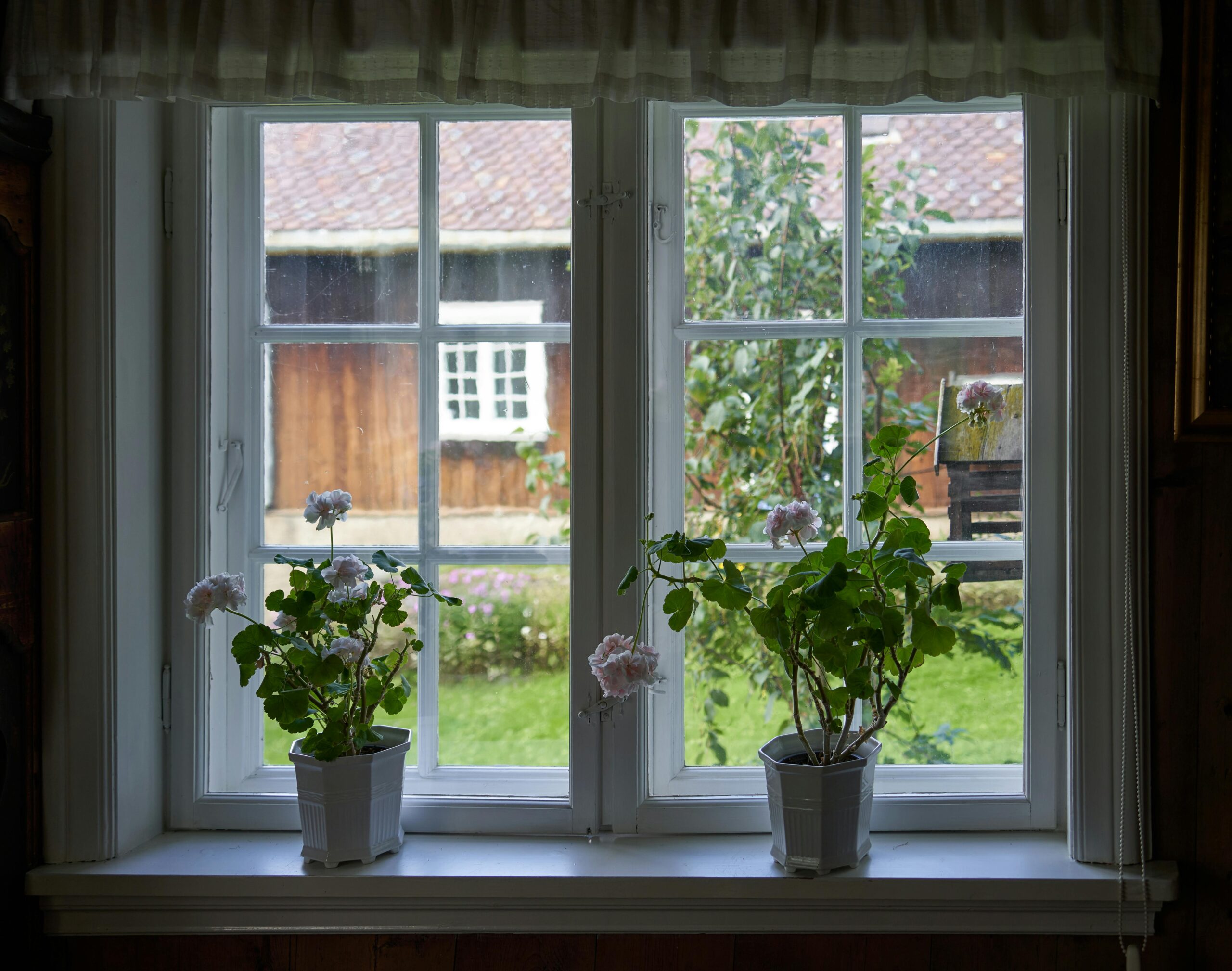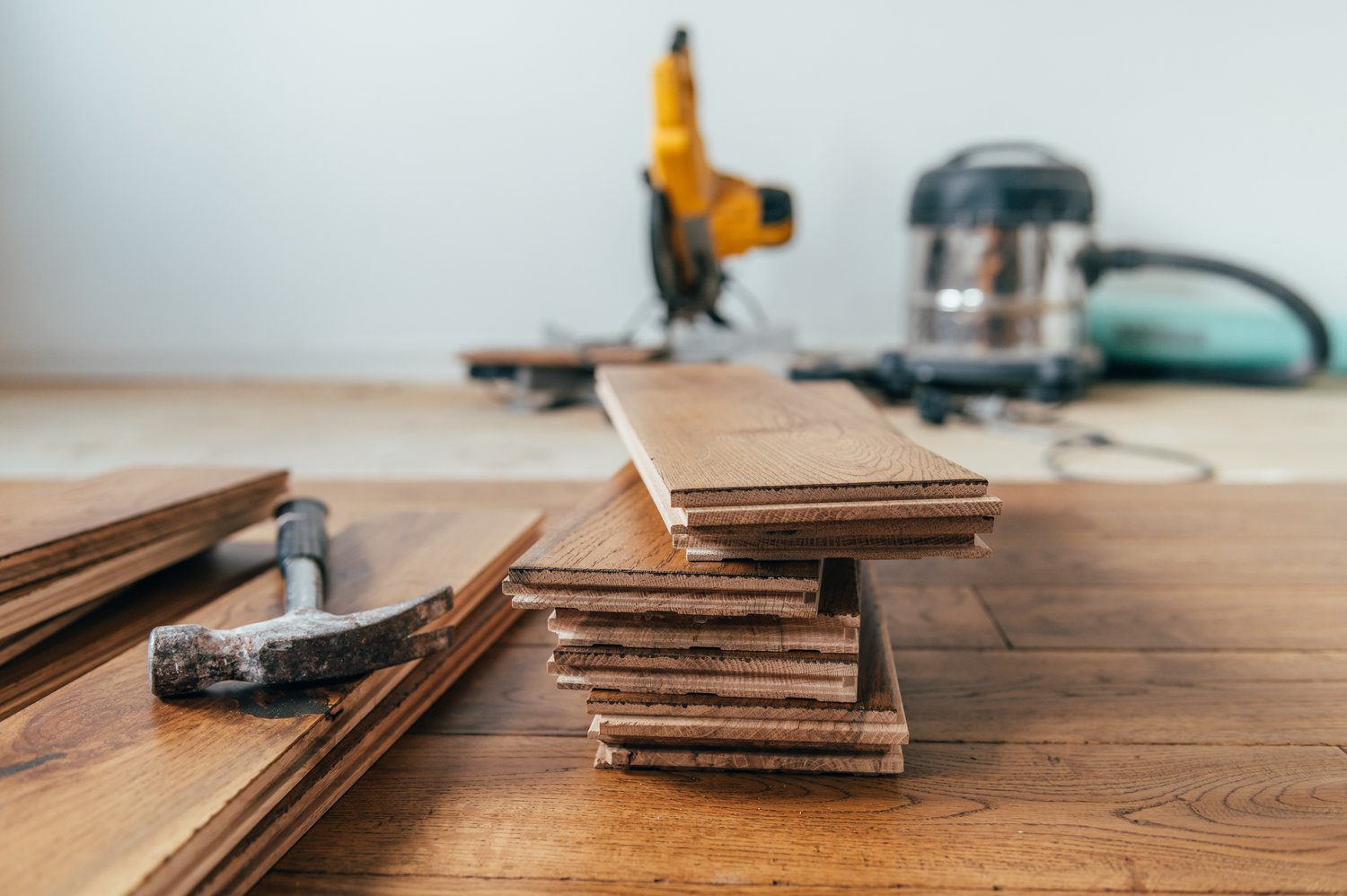The appearance of green, black, or brown patches on your roof is more than just an aesthetic issue – it signals the presence of moss or algae that can lead to serious damage if left untreated. These unwelcome organisms thrive in damp, shaded conditions and can deteriorate your roofing materials over time. In this article, we’ll help you identify moss and algae growth, understand the potential damage they can cause, explore safe roof cleaning methods, and determine when it’s time to call in a professional roof cleaning service.
Identifying Moss and Algae on Your Roof
Recognizing the early signs of moss and algae growth is crucial for maintaining your roof’s integrity. Moss appears as a thick, carpet-like green growth that typically starts in shaded areas of the roof. It has a three-dimensional structure that can lift shingles and trap moisture against your roofing materials. Algae, on the other hand, usually shows up as black or dark brown streaks running down your roof. These streaks are actually colonies of algae feeding on limestone filler in asphalt shingles. Both moss and algae tend to establish themselves in areas that receive less sunlight and retain moisture, such as north-facing sections or parts shaded by trees. The earliest signs might be subtle – perhaps just a slight discoloration or small green patches in roof corners or along the edges.
The Damage Moss and Algae Can Cause
While many homeowners view roof moss and algae primarily as unsightly blemishes, their impact extends far beyond aesthetics. Moss growth on roof surfaces acts like a sponge, absorbing and holding moisture against your roofing materials. This prolonged dampness can accelerate the deterioration of shingles, especially in freezing temperatures when the water expands and contracts. As moss grows, its roots can penetrate between and under shingles, lifting them and creating pathways for water infiltration. This can lead to rotting of the wooden roof deck beneath, potentially causing leaks, structural damage, and eventually requiring premature roof replacement. Algae, while less structurally damaging than moss, feeds on the limestone component in asphalt shingles, gradually breaking down their protective granules and reducing your roof’s effectiveness against UV rays and weather elements.
Safe Roof Cleaning Methods
When tackling cleaning roof stains caused by moss or algae, safety should be your priority. For a gentle yet effective approach, mix equal parts water and white vinegar or a solution of one part bleach to four parts water. Apply this solution on a cloudy day (to prevent rapid evaporation) using a garden sprayer, working from the bottom up. Allow the solution to sit for 15-20 minutes to kill the organisms, then gently rinse with water. Never use a pressure washer on asphalt shingles, as the force can damage or dislodge the protective granules. For small areas of moss, a soft-bristled brush can be used to gently scrub away the growth after the cleaning solution has loosened it. Remember to protect surrounding plants by covering them or rinsing them thoroughly before and after the cleaning process. Always wear slip-resistant shoes, gloves, and eye protection when working on your roof, and consider using a safety harness for steep roofs.
Preventing Future Growth
The best way to deal with moss and algae is to prevent their establishment in the first place. To prevent moss growth on roof surfaces, start by trimming overhanging branches to increase sunlight exposure and reduce moisture retention. Install zinc or copper strips along the ridge of your roof – when it rains, these metals release compounds that inhibit moss and algae growth as water flows down your roof. Regular gutter cleaning is also essential, as clogged gutters can cause water backup and create damp conditions ideal for moss growth. Consider scheduling annual roof inspections to catch any early signs of organic growth before they become established. According to roof maintenance experts at AskHomey, prevention is significantly more cost-effective than dealing with extensive moss or algae infestations.
When to Hire Professional Roof Cleaning Services
Despite your best DIY efforts, there are situations where a professional roof cleaning service becomes necessary. Consider hiring experts if your roof is particularly steep or tall, making it dangerous to access safely. Professional intervention is also recommended for extensive moss infestations that have been present for years, as these may require specialized treatment to remove without damaging the roof. If you notice any signs of roof damage associated with moss growth, such as lifted shingles or visible rot, professionals can address both the cleaning and necessary repairs. Experts have access to specialized equipment and environmentally safe cleaning solutions that can effectively remove moss and algae without harming your roofing materials or surrounding landscape. Additionally, many professional services offer preventative treatments that can inhibit future growth for extended periods.
For more tips and to connect with reliable home service professionals, follow AskHomey on Facebook and Instagram.



